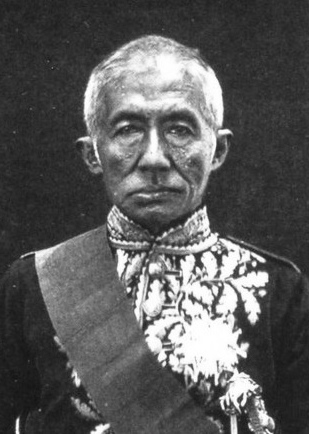King Mongkut (King Mongkut)

King Mongkut was indeed supported by a pro-British, Dis Bunnak, the Samuha Kalahom, or Armed Force Department’s president, the most powerful noble during the reign of Rama III. Also some British merchants who were fearful of the anti-West feeling growing during the previous reign, seeing the ‘prince monk’, Mongkut, who the ‘champion’ of European civilization among the royal elite, as their new hope. Bunnak, with the supporting promise of British agents, sent his men to the leaving-from-monk-status ceremony for Prince Mongkut even before Nangklao’s death. With the support of powerful nobility and the Great Power, Britain, Mongkut’s ascension to the throne was ensured. After his twenty-seven years of pilgrimage, King Mongkut ascended the throne in 1851, aged 47. He took the name Phra Chom Klao, although foreigners continued to call him King Mongkut. The king was well known among the foreigners, particularly some British officers, as a pro-British. Sir James Brooke, a British delegation, even praised him ‘our own king’, and showed his support of him as a new king of Siam. Having been celibate for 27 years, he now set about building the biggest Royal Family of the Chakri Dynasty. In the “Inside” of the Palace there was a veritable city of women—reports say three thousand or more. They were mostly servants, ‘Amazons’ for guards, officials, maids and so on, but Mongkut acquired 32 wives, and by the time he died, aged 64, he had 82 children.
His awareness of the threat from the British and French imperial powers, led him to institute many innovative activities. He ordered the nobility to wear shirts while attending his court; this was to show that Siam was no longer barbaric from the Western point of view. However, Mongkut’s own astrological calculations pointed out that his brother, Prince Isaret, was as well favoured as himself to be the monarch. So, Mongkut then crowned his brother as King Pinklao, the second king. As a prince, Pinklao was known for his abilities in foreign languages and relations. Mongkut also raised his supporter Dis Bunnak to Somdet Chao Phraya Borom Maha Prayurawongse (Somdet Chao Phraya was the highest rank of nobility on a par with royalty) and made him his regent kingdom-wide. Mongkut also appointed Dis Bunnak’s brother, Tat, as Somdet Chao Phraya Borom Maha Pichaiyat, as his regent in Bangkok. As the result, the administrative power of Siam rested largely in the hands of the two Bunnaks, Dis and Tat. Upon his coronation, King Mongkut married his first wife, Queen Somanat. However, Queen Somanat died in the same year. He then married his half-grandniece, Mom Chao Rampoei Siriwongse, later Queen Debsirindra. King Mongkut and Prince Chulalongkorn were infected with malaria. The king died six weeks later in the capital, and was succeeded by his son, who survived malaria.
Born
- October, 18, 1804
- Thonburi Palace, Bangkok Yai, Thonburi, Kingdom of Siam
Died
- October, 01, 1868
- Grand Palace, Phra Nakhon, Phra Nakhon, Kingdom of Siam
Cause of Death
- malaria
Cemetery
- Wat Ratchapradit
- Bangkok, Thailand



